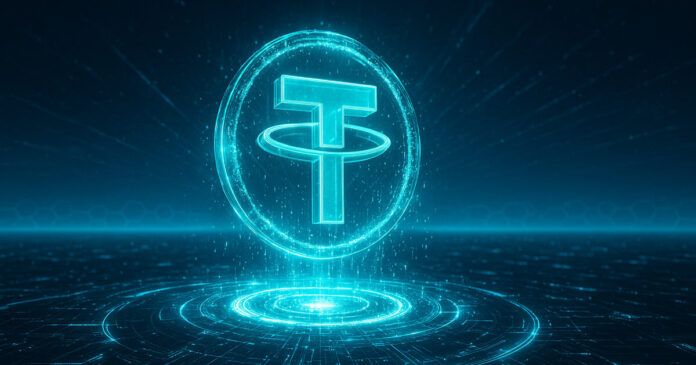Tether, the company behind the popular stablecoin USDT, has announced a significant change in its plans to manage its tokens on older blockchain networks. Initially, the company had planned to freeze its USDT tokens on several legacy networks, including Bitcoin Cash, Kusama, EOS, and Algorand, starting from September 1, 2025. However, after receiving feedback from the community, Tether has decided to classify these networks as “not supported” instead of freezing the tokens.
Classification of Legacy Networks
This change means that users can still transfer their USDT tokens via wallets on these networks, but Tether will no longer provide support for spending or redeeming tokens on these platforms. The decision to abandon the initial plan to freeze tokens was made after weeks of community discussion and criticism from developers and users in smaller ecosystems. By classifying these networks as “not supported,” Tether aims to optimize its processes by reducing support for networks that account for a negligible proportion of its stablecoin activity.
The initial plan to freeze tokens on legacy networks was met with criticism from the community, with many arguing that it would effectively strand tokens without a movement or redemption path. In response to these concerns, Tether has revised its approach, which now allows users to continue moving tokens via wallets, albeit without official support from the company. This compromise enables Tether to phase out support for low-volume chains without provoking user backlash.
Pivot Towards Bitcoin
The announcement to classify legacy networks as “not supported” comes on the heels of Tether’s plans to launch a native USDT token on the Bitcoin network using the RGB protocol. This move is significant, as it integrates USDT directly into the Bitcoin script and customer validation, thereby leveraging the security model of the Bitcoin ecosystem. With over $80 billion in USDT circulating on Ethereum and Tron, and smaller footprints on Solana and other networks, Tether’s decision to focus on Bitcoin signals a strategic shift towards the largest and most secure blockchain network.
By tightening its resources on platforms with higher adoption and setting a new focus on Bitcoin, Tether aims to optimize its operations and provide a more secure and reliable experience for its users. As the stablecoin market continues to evolve, Tether’s decision to classify legacy networks as “not supported” and pivot towards Bitcoin is a significant development that underscores the company’s commitment to innovation and user satisfaction. For more information, visit the source link.

